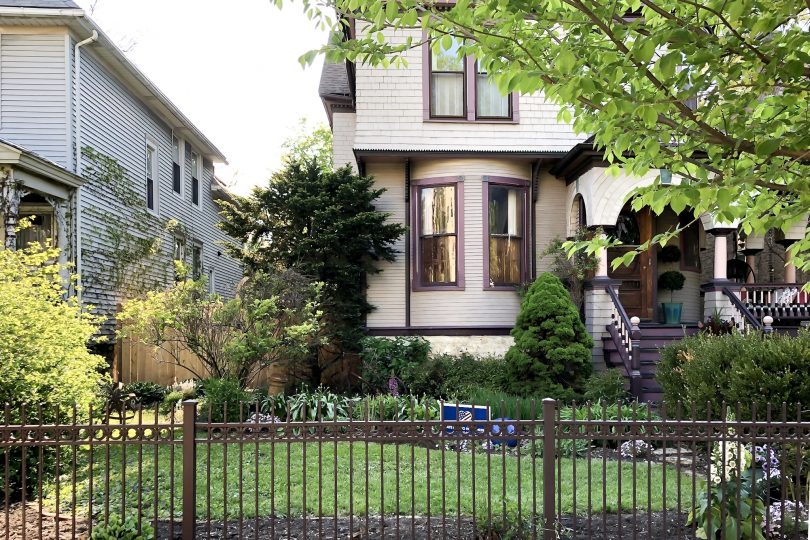
Reviving the Front Yard For Spring
This is the second of three posts sponsored by RISE’s AND not OR home and garden program. All thoughts and opinions are…May 17, 2019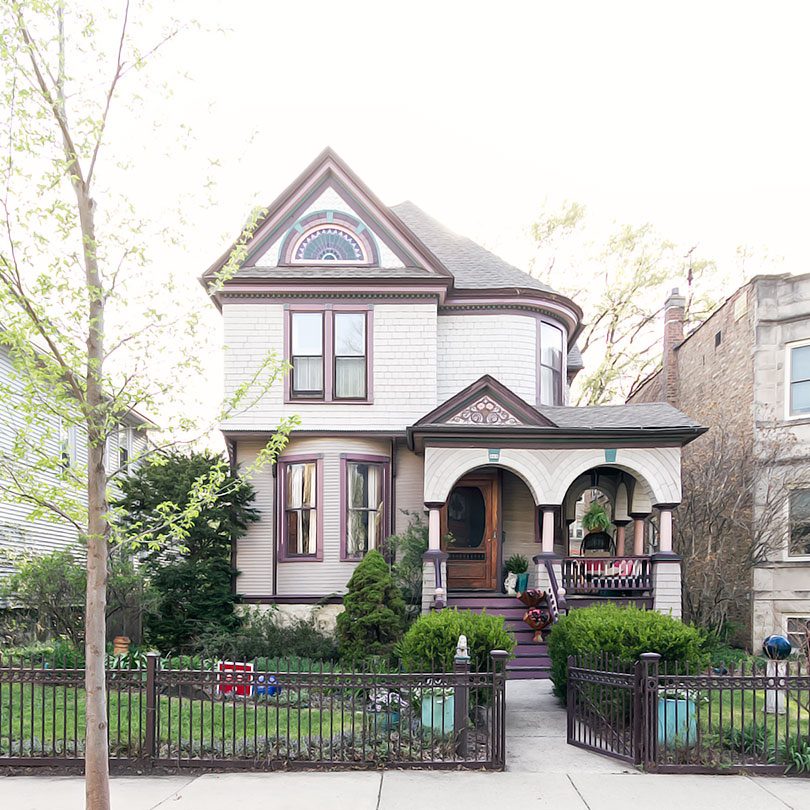
The Front Yard, One Year Later
This is the third of three posts sponsored by RISE’s AND not OR home and garden program. All thoughts and…May 11, 2018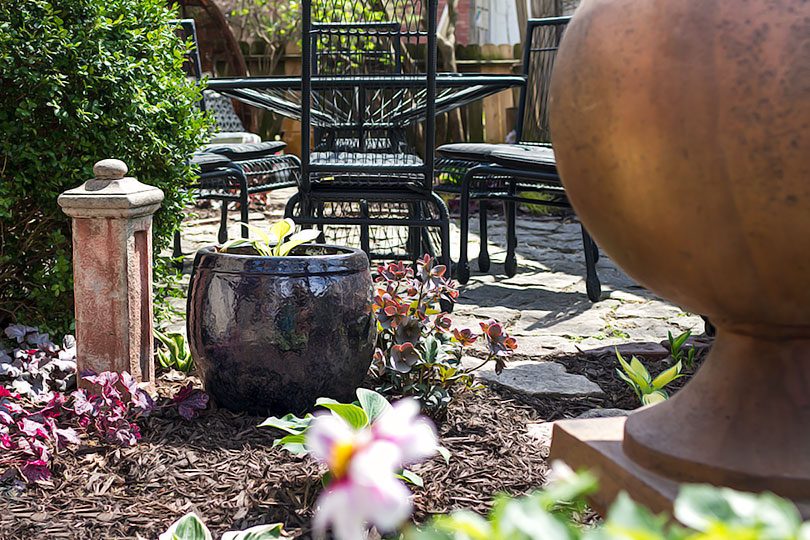
The Newly Planted Backyard
This is the second of three posts sponsored by RISE’s AND not OR home and garden program. All thoughts and…May 4, 2018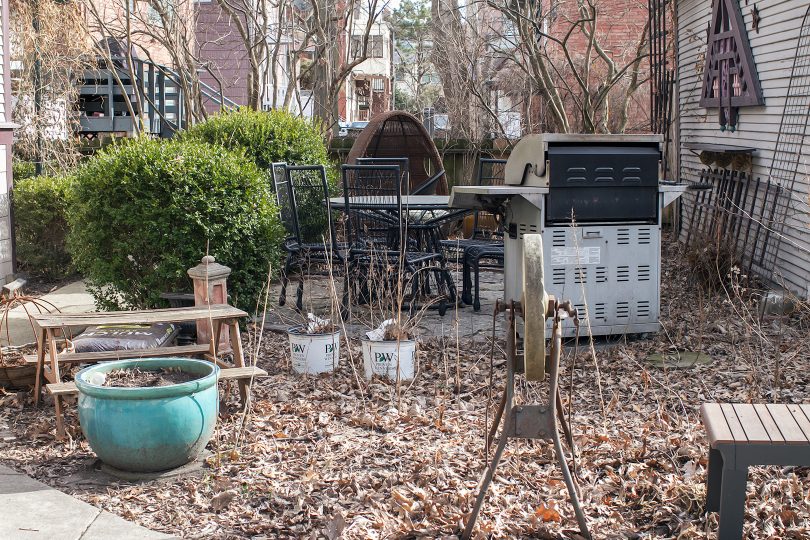
Bettering the Backyard
This is the first post of three sponsored by RISE’s AND not OR home and garden program. All thoughts and…March 29, 2018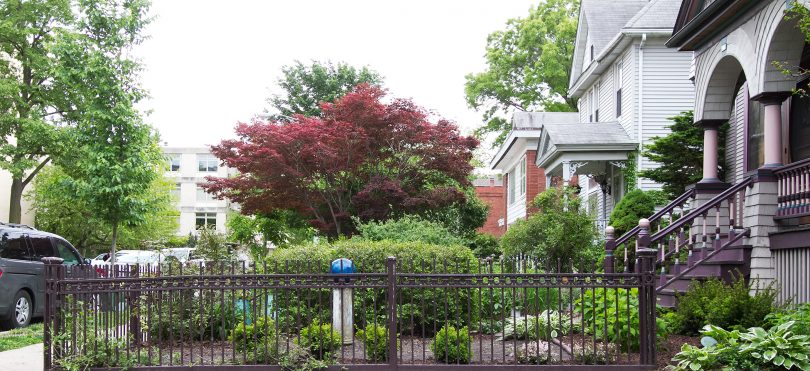
The Front Garden’s New Layout
This is the second of two posts sponsored by RISE's AND not OR home and garden program. All thoughts and…May 25, 2017
Working on the Formal Front Yard
This post is sponsored by RISE's AND not OR home and garden program, but all thoughts and opinions are my…May 11, 2017

Reviving the Front Yard For Spring
This is the second of three posts sponsored by RISE’s AND not OR home and garden program. All thoughts and opinions are my own. The great spring…

The Front Yard, One Year Later
This is the third of three posts sponsored by RISE’s AND not OR home and garden program. All thoughts and opinions are my own. Everything…

The Newly Planted Backyard
This is the second of three posts sponsored by RISE’s AND not OR home and garden program. All thoughts and opinions are my own. The…

Bettering the Backyard
This is the first post of three sponsored by RISE’s AND not OR home and garden program. All thoughts and opinions are my own. The…

The Front Garden’s New Layout
This is the second of two posts sponsored by RISE’s AND not OR home and garden program. All thoughts and opinions are my own. I’ve…

Working on the Formal Front Yard
This post is sponsored by RISE’s AND not OR home and garden program, but all thoughts and opinions are my own. I’ve been planning and…
